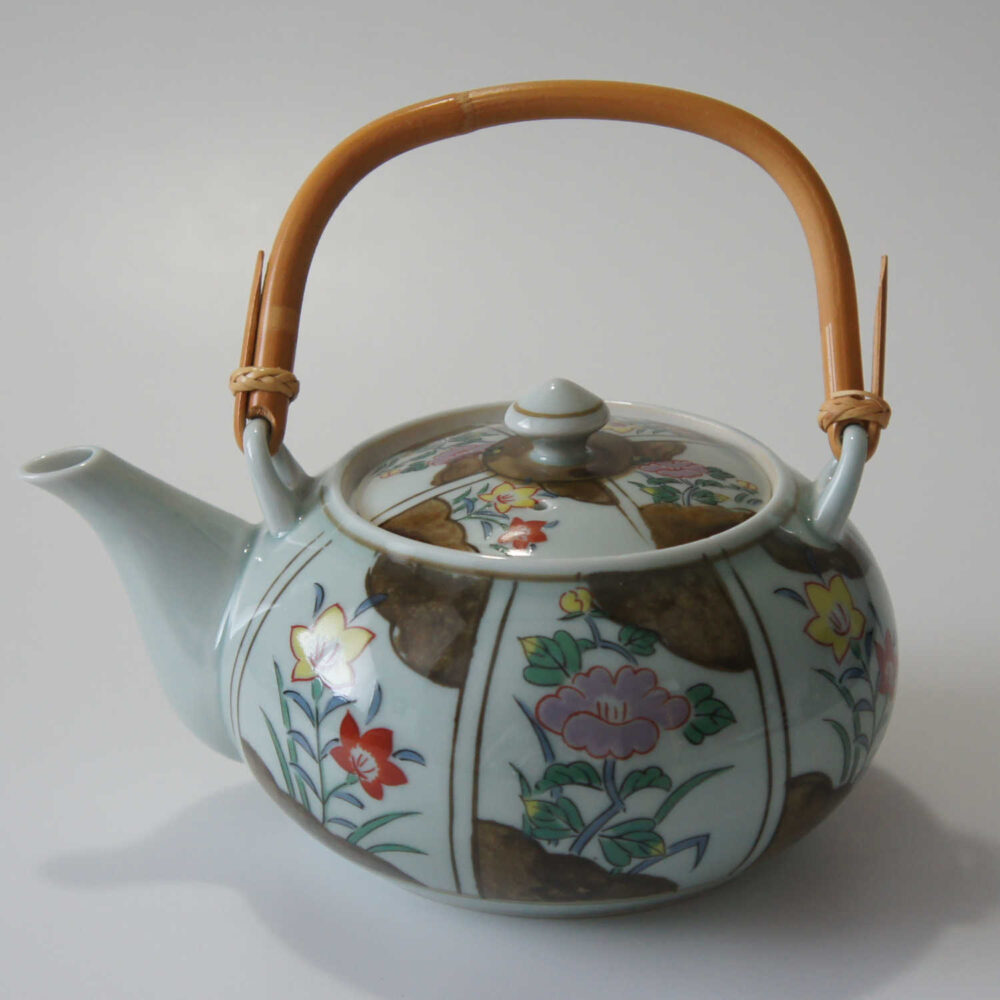
Japanese pottery, known as “yakimono” (焼き物) in Japanese, has a rich history and distinctive features that have made it highly regarded worldwide. Here are some key characteristics and historical aspects:
- Diverse Styles and Techniques: Japanese pottery encompasses a wide range of styles and techniques, from the rustic simplicity of Bizen ware to the delicate beauty of Hagi ware. Each region in Japan has its own unique tradition and methods of pottery making, resulting in a diverse array of ceramic artworks.
- Aesthetic Principles: Japanese pottery is deeply influenced by aesthetic principles such as wabi-sabi, which values imperfection, simplicity, and the beauty of natural materials. Many Japanese potters strive to create pieces that reflect these principles, often incorporating asymmetry, rough textures, and natural glazes into their works.
- Historical Roots: The history of Japanese pottery dates back thousands of years, with early examples dating to the Jomon period (10,000–300 BCE), known for its distinctive cord-marked pottery. Subsequent periods, such as the Yayoi (300 BCE–300 CE) and Kofun (300–538 CE) periods, saw the introduction of new techniques and styles influenced by interactions with mainland Asia.
- Influence of Tea Culture: The development of Japanese pottery is closely intertwined with the history of tea culture in Japan. The tea ceremony, or “chanoyu,” became popular during the Muromachi period (1336–1573), leading to the creation of tea bowls and utensils that were highly prized for their simplicity and rustic charm. Prominent potters like Chojiro and Raku were instrumental in shaping the aesthetics of tea ceramics.
- Modern Innovations: While traditional techniques and styles continue to be revered, contemporary Japanese potters are also pushing the boundaries of the art form through experimentation with new materials, firing techniques, and forms. This blend of tradition and innovation has helped Japanese pottery maintain its relevance in the modern world.
Overall, Japanese pottery is characterized by its rich history, diverse styles, and deep connection to the cultural and aesthetic traditions of Japan. Its timeless beauty and craftsmanship continue to captivate enthusiasts and collectors around the globe.